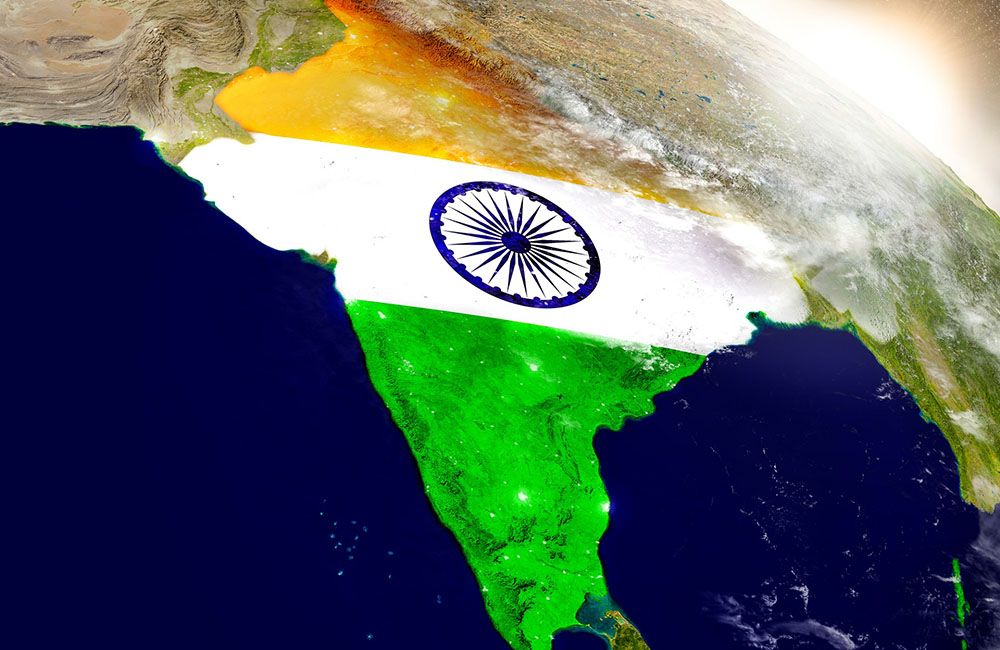India recently announced that it would not join the Regional Comprehensive Economic Partnership (RCEP), which this country negotiated with China and 14 other Asian-Pacific nations.
The Indian government cited concerns about the fairness and balance of the RCEP and was also concerned about the possible effects of opening its markets to imports from countries like China.
At the same time, the Indian government has long sought to join its country to the Asia Pacific Economic Cooperation (APEC) forum, made up of the United States, China and 19 other economies.
According to an analysis by the US Congress, the US government has stated that it welcomes India into APEC and some wonder if India is willing to undertake enough economic reforms to join APEC.
India
The trade policy of this Asian nation is largely governed by considerations related to domestic supply, and is also used to achieve short-term objectives, such as to contain fluctuations in commodity prices.
This requires constant policy adjustment, for example through notifications from the Directorate General for Foreign Trade and the Customs Administration, which makes the trade regime less predictable and more complex, and generates additional costs.
RCEP is made up of the Philippines, Malaysia, Indonesia, China, Singapore, Thailand, Brunei, Vietnam, Laos, Burma, Cambodia, Japan, South Korea, Australia and New Zealand.
APEC is made up of: Australia, Brunei Darussalam, Canada, Chile, China, Hong Kong, Indonesia, Japan, Korea, Malaysia, Mexico, New Zealand, Papua New Guinea, Peru, Philippines, Russia, Singapore, Taiwan, Thailand, United States and Vietnam.
![]()

